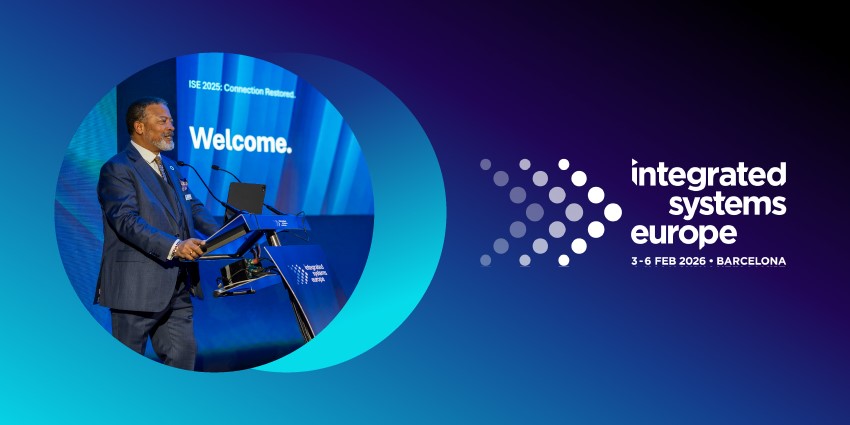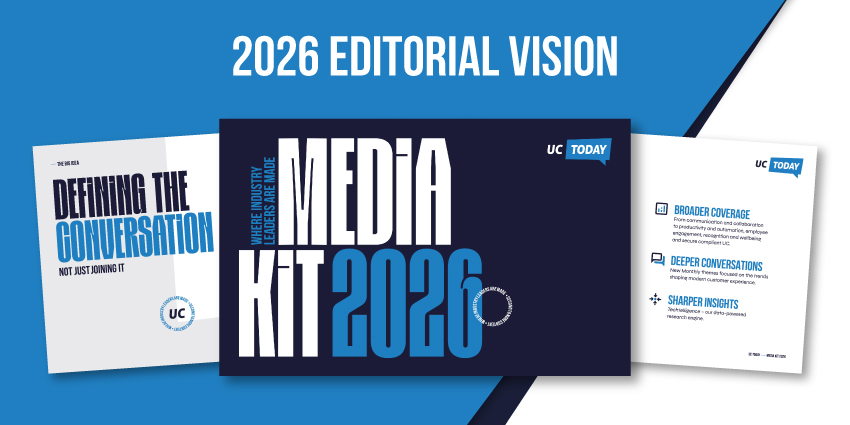The evolution of the workplace and the rise of hybrid, flexible work didn’t simplify communication; it multiplied it. Today, your average enterprise is flooded with Zoom calls, Slack threads, Teams meetings, emails, sales demos, onboarding check-ins, and customer escalations.
It’s a tsunami of dialogue. And despite all that talking, businesses are still scrambling to make sense of what was said, what was missed, and what actually matters. That’s a problem.
Because buried in those conversations are early warning signs, customer gold, deal-saving objections, and culture-shaping moments. Until recently, those signals often slipped through the cracks. But now, conversational intelligence is catching them and making them count.
CI tools don’t just hear words; they understand the tension behind them, the risks, and opportunities, helping you to do more with your data. That’s why the future of conversational intelligence is being written directly into enterprise UC strategies for 2025 and beyond.
The Future of Conversational Intelligence: The New Data Layer
There was a time when sales data lived in the CRM, support tickets in a helpdesk, and employee insights came from quarterly surveys. That’s starting to change.
Every spoken word, typed question, tense pause, or late-night follow-up contains context. Multiply that by tens of thousands of calls and messages, and what you’ve got is one of the most powerful untapped data layers in the enterprise.
Companies are starting to realize just how high the ceiling is. Evolving CI platforms are now ready to analyze real-time speech patterns across global deployments, helping businesses surface moments that matter. They can detect promises made, objections raised, frustrations aired, without human review.
These tools aren’t just improving customer experience or sales strategies anymore, either. Conversation data is bleeding across org charts. Product teams want it to capture real-world feature requests. HR wants it to measure inclusion and engagement in meetings. Finance wants to know if clients are anxious about pricing. Leadership wants a pulse on morale.
Communication isn’t a byproduct of work—it is the work. With the future of conversational intelligence rapidly evolving, companies that treat conversation as data will outthink and outmaneuver those that don’t.
The Shift from Reactive to Proactive CI
One of the biggest factors affecting the future of conversational intelligence? Proactivity. We’re not in the era of “transcribe and forget” anymore. What started with companies using passive speech-to-text software has matured into full-scale, proactive intelligence engines.
CI tools can flag likely churn moments before the rep hangs up, generate action items mid-meeting, and monitor compliance issues in real time. They don’t just analyze calls; they can guide agents and employees in the moment, nudging them when objections spike or emotion turns south.
This is what makes the future of conversational intelligence so critical to enterprise agility: it’s predictive, not reactive. These platforms learn when a deal is going off-track, when a policy is about to be miscommunicated, and when a team is talking past each other. That makes it easier to adapt fast and stay agile across channels.
This shift is why enterprises like Aiden Technologies and Auckland Eye reported performance lifts of over 30 percent after implementing CI tools. Real-time interventions replaced lagging metrics, and missed insights turned into momentum.
Because when your reps, execs, and support teams get nudges during the conversation, not after, every workflow starts to evolve.
Predictive Analytics and Autonomous Follow-Ups
Proactivity is just the beginning. Companies are now investing in CI tools that can predict the future (with decent accuracy).
Modern CI platforms have evolved beyond voice-to-text and meeting minutes. They’re now layered with predictive modeling, proactive nudges, and generative automation. In other words, they’re not waiting for people to make decisions; they’re helping them understand what to do next.
For instance, in sales, a rep could finish a discovery call. Before they even hang up, the system could flag hesitation around budget, identify the prospect’s decision timeline, and automatically draft a follow-up email, preloaded with a pricing guide, case studies, and a suggested next call date.
AI tools built into Cisco Webex, Microsoft Teams, and Zoom (AI Companion), are rolling out similar capabilities in 2025, combining real-time transcription with predictive next steps. These systems are trained to detect subtle buyer signals, behavioral churn triggers, and missed handoffs and then auto-trigger workflows in CRM, CX, or project platforms.
The value isn’t just connected to customer-facing roles either. Internally, CI systems can surface strategic blind spots: unassigned tasks, unanswered objections in planning meetings, or a product feedback trend buried in ten stand-ups. When paired with automation tools like HubSpot Workflows or Slack Connect, the result is a “self-healing organization” where intelligence doesn’t just sit on dashboards but drives action.
The Future of Conversational Intelligence and Hybrid Teams
In a hybrid-first workplace, “how’s the team doing?” isn’t an easy question to answer anymore. The hallway chatter is gone, and pulse surveys only scratch the surface.
That’s why CI has quietly become one of the most valuable tools for HR, operations, and internal communications leaders. It sees what you don’t. These systems track how people communicate, not just what they say. Who’s dominating the discussion in leadership meetings? Who gets interrupted the most? Which teams are drowning in meetings without decisions? Which projects are all talk, no task?
CI tools built into UC systems now analyze sentiment, talk time, interaction dynamics, and meeting health scores. They flag unbalanced participation. They catch “unanswered questions” and create accountability loops. Some even assign tasks to team members based on meetings (Zoom Tasks) or suggest the best days to visit the office to remote employees.
The DEI implications are massive. Want to know if diverse voices are being heard, or if remote team members are sidelined in hybrid syncs? CI gives you evidence. Data from platforms like Zoom and Microsoft Teams can now track sentiment shifts and inclusion indicators over time, quietly building a more equitable culture.
The future of conversational intelligence isn’t just about customers. It’s about your people, too.
The Future of Conversational Intelligence: What’s Next?
The next frontier for CI isn’t about doing more of the same; it’s about rethinking what enterprise communication can be. We’re already watching the next wave unfold.
Let’s start with multilingual natural language processing. CI platforms are getting smarter at translating, interpreting, and sentiment-tagging conversations across languages in real time. Not just translating words, understanding cultural nuance, idioms, and tonal shifts.
AI models are becoming more advanced, adapting to industry nuances and automating more comprehensive workflows. Emotion AI, in particular, is evolving fast.
AI tools today can capture more than just “positive” or “negative” tags; they can conduct real-time analysis of tension, excitement, sarcasm, and disengagement. Plus, these solutions can capture more information from every type of discussion, from voice-based interactions to video conferencing calls and even message threads.
The Future of Conversational Intelligence: True Transformation
Most companies still think of CI as a product category, something you compare on feature grids, a tactical addition to your UC stack. But if you step back, the real impact is cultural.
Because what happens when every conversation becomes transparent? When meetings are no longer memory-based, but data-backed? When follow-ups are automatic, objections are logged, sentiment is visible, and silence isn’t mistaken for agreement? Businesses evolve.
Sales teams start to share strategies, not just wins. Managers coach based on real moments, not gut feelings. Leaders build trust by acting on what’s actually said in rooms they don’t sit in. Suddenly, your culture shifts from “assumption-based” to insight-driven.
Today, companies don’t need more tools. They need more truth; more opportunities to dive deeper into the critical conversations they’re already having.







